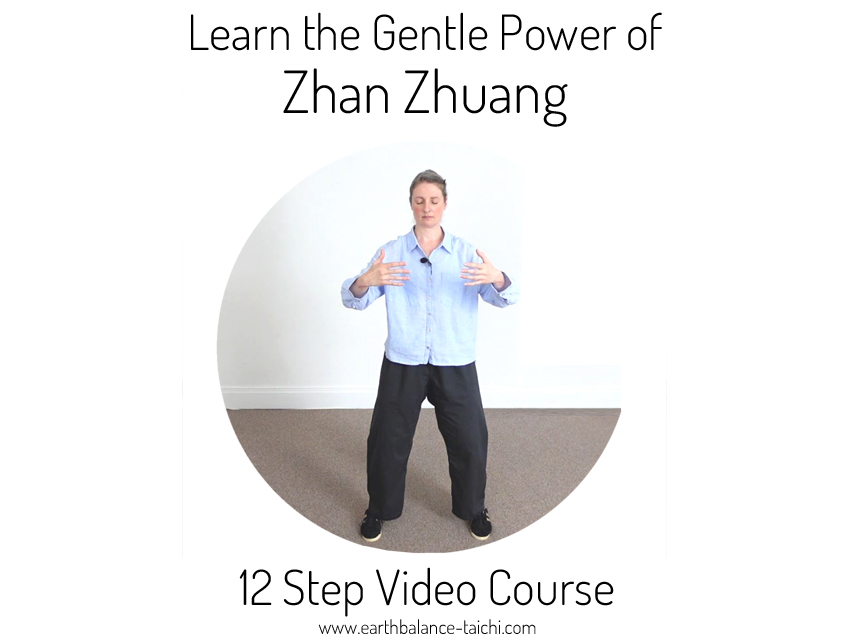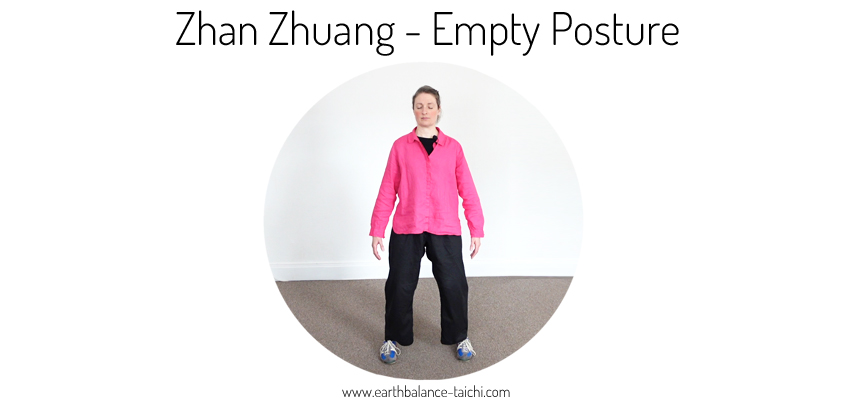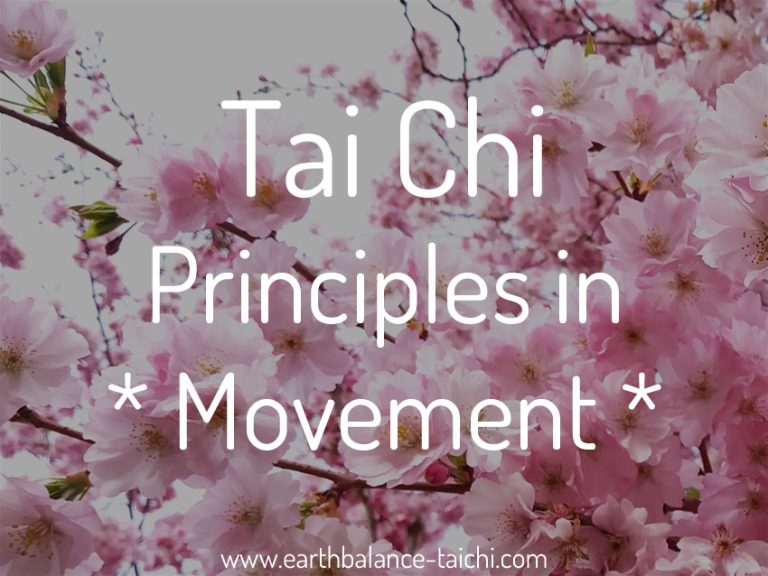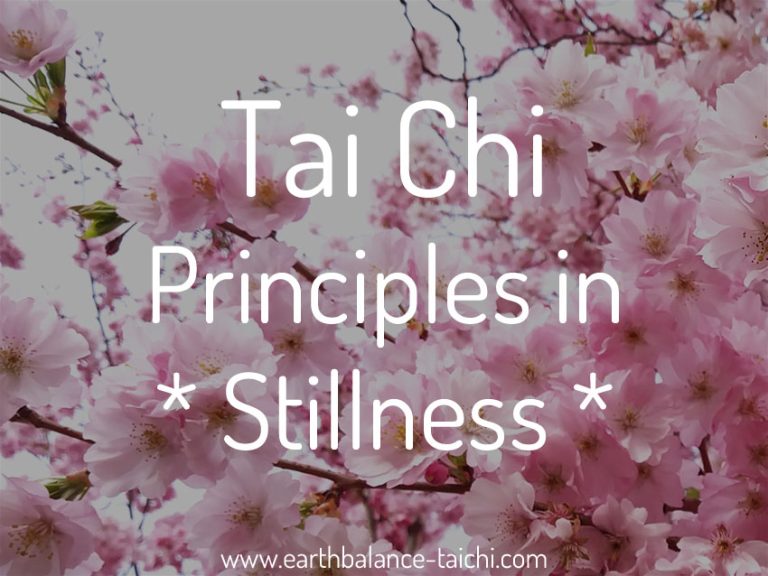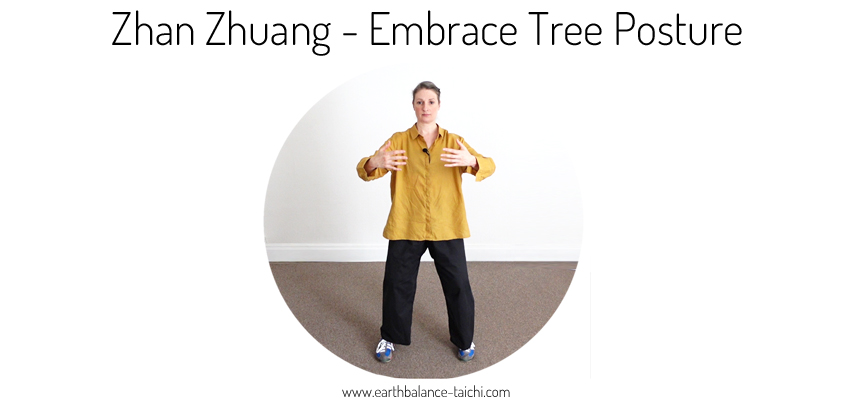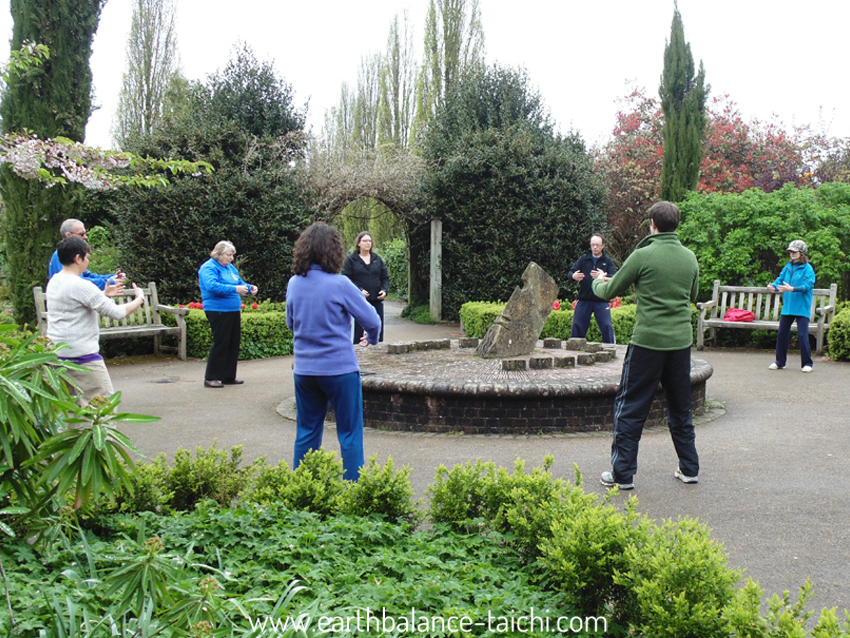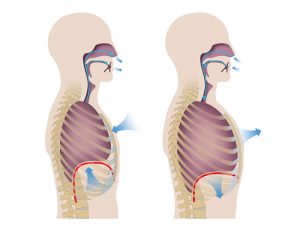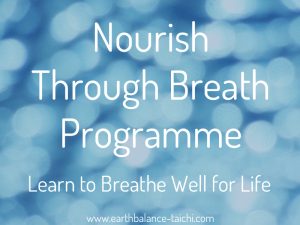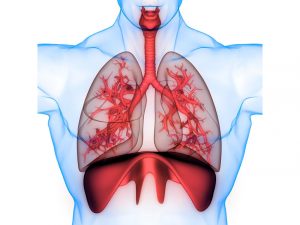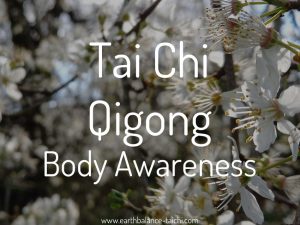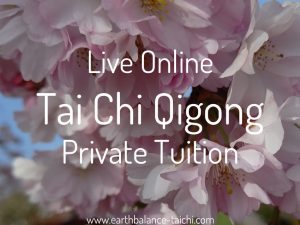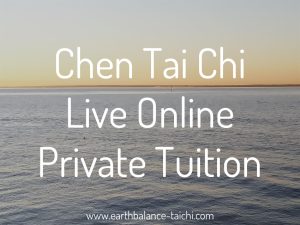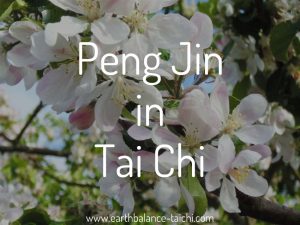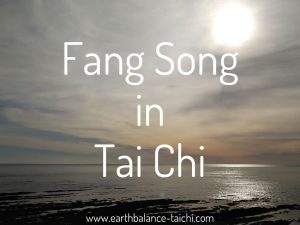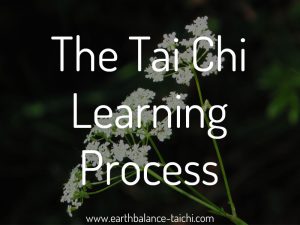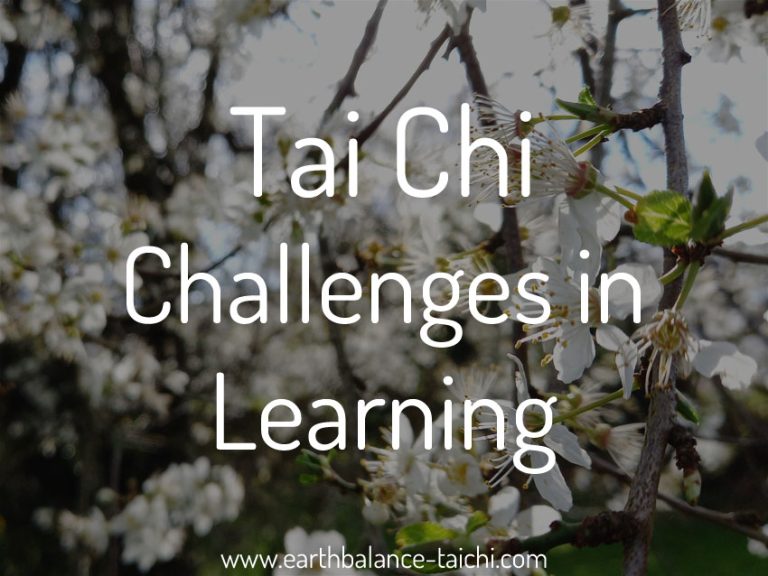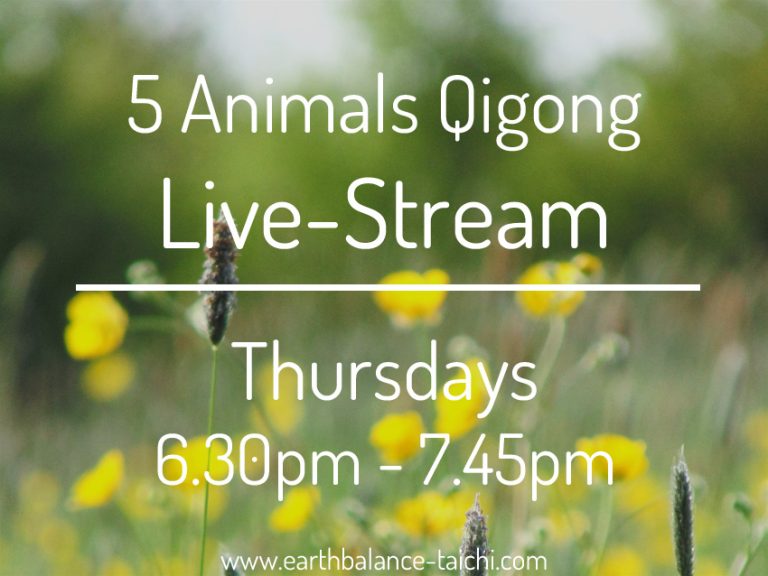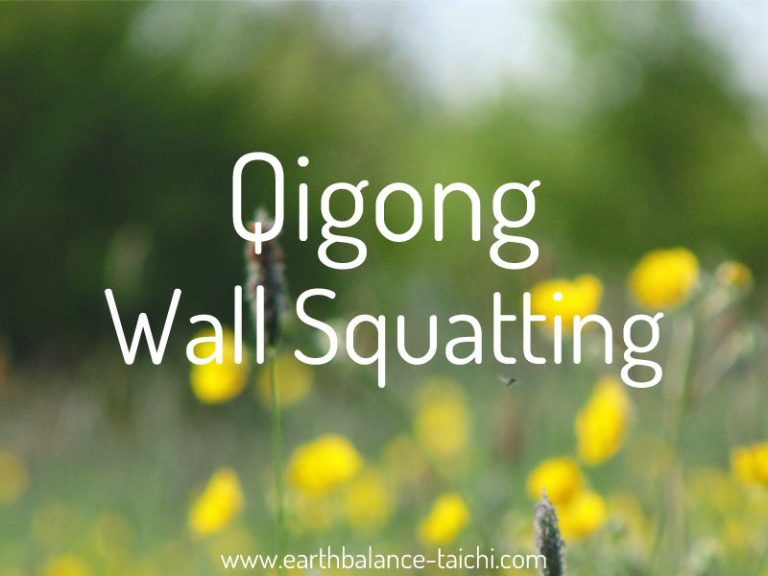Tai Chi Standing
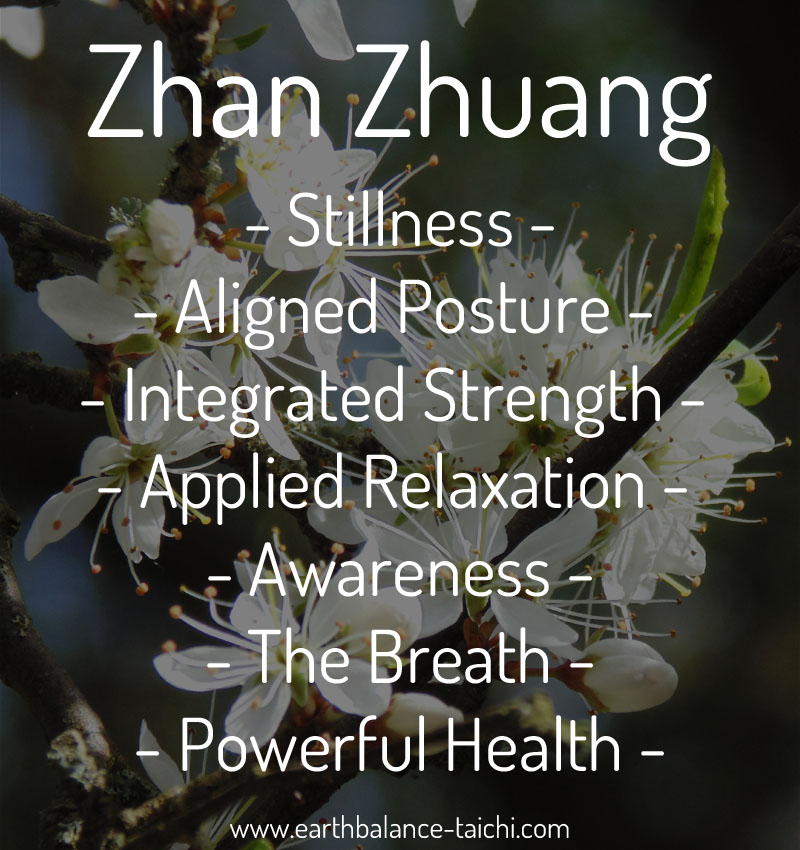
Tai Chi Standing
Zhan Zhuang - Standing Still for Powerful Health
Zhan Zhuang is a powerful internal practice where a fixed posture is held for a period of time. It is the foundation of Tai Chi and Qi Gong training, and is rooted in traditional Taoist practice. By holding a posture in stillness you can develop integrated strength, improve your posture and alignment, root your structure, calm the mind, loosen the soft tissue, and develop the skill of body awareness. There are a variety of standing postures, from empty stance, embracing stance, single legged stance, 5 Element stances, 8 Trigram stances to holding any of the Tai Chi movements within the form. There are open postures with the feet and hip crease (kua) open, and closed postures with the feet and hip crease (kua) closed. There are many variations taught over thousands of years. For new beginners, standing practice needs to be built up gradually whilst the body adapts, as it takes time for the legs to grow stronger and for the muscles to start to relax. Beginner students usually start with a few minutes and build gradually from there.
Zhan Zhuang Video Course
Follow along with my twelve step beginner Zhan Zhuang video course. Designed to develop your standing practice from 2 minutes to 22 minutes. Learn how to re-wire your habitual posture, integrate strength, ground the mind, open the tissues in the body, loosen the joints, release physical tension, and develop body sensitivity. View the entire course here and start with lesson one!
Empty Posture
How to stand in the empty posture, also known as Wu Ji or Wu Ji Zhuang. The easiest way to align the body is to go from your feet upwards;
- Align your feet either straight forward (Qi Gong posture, closed/yin) or slightly opened out (Tai Chi posture, open/yang)
- Centre your weight into the middle of the foot, equal weight on each foot
- Let your bodyweight sink into your feet, and feel it push back up the legs and body
- Make sure your knees are aligned in the direction of your toes (not bowing inwards or outwards)
- Softly bend the knee by squatting gently into the hip
- Relax and lengthen the pelvis/tail bone down and under, releasing the lower vertebra and opening the lumbar area (without force or tension)
- Relax any holding in the hip/groin area, let the body holds itself up without effort
- Fill and push the 'ming men' point (opposite navel point) out (without force or tension)
- Relax the lower back as much as possible, this helps the lengthening
- Relax the abdomen, do not contract the abdominal muscles
- Keep the body upright, with lengthening between the tailbone and crown
- Exhale to the end of the breath, this is the chest position needed, slightly hollow with the vertebra between the shoulder blades opened
- Slightly spiral the shoulders outwardly in an external rotation, opening the elbow creases, relaxing the shoulder blades down onto the ribs, not hunching the shoulder crests forwards
- Raise the back of the head (the occiput, the rear skull bulge) and withdraw the chin a little with relaxation, this aligns your crown more upwards and opens the back of the neck
- Keep the front and back of the neck soft, don't exaggerate the chin tuck into tension, nor the chin protruding forwards
- Imagine there is a ‘plumb line’ that connects the top of your crown (heaven) and perineum (earth), this line should be vertical, not leaning to one side or the front or back
- Arms hang loosely by the side of the body
- Open the armpits slightly, like their is a ball under the armpits
- Soft bend in the elbows, wrists, hands and fingers
- Hands relaxed down and palms facing the outside thighs
- Centre of the palms are soft and relaxed, with a slight curved well in the middle
- Eyes half or fully closed, focus relaxed
- Mouth and teeth gently closed
- Tongue pressing lightly on the roof of the palette by the front teeth
- Keep relaxing the physical body more and more
Embrace Tree Posture
From the wuji empty stance posture, progress to raising the arms into embracing tree, hugging a tree or standing like a tree posture. Follow the same sequence as above, the only difference is the hand and arm position.
- Raise your hands slowly from the empty stance posture
- The arms follow the curve of the body in an arc as if hugging around a tree, or as if you are embracing a large balloon
- The armpits are open
- Elbows are slightly heavy, pointing down and out.
- The wrists and elbows are also resting on water with an external buoyant quality, or as if supported by balloons
- Palms rotated to face the body any height from lower abdomen to chest height
- Centre of the palms are soft and relaxed, with a slight curved well in the middle
- Hands are slightly curved
- Fingers are slightly separated and expanded
- Fingers are inflated like full of air or water, not tensed and not floppy
- Thumbs point upwards (Tai Chi), thumbs are relaxed down (Qi Gong)
- External rotation of the shoulder joint, shoulder blades are relaxed down, tops of the shoulders are not tensed or raised, collarbones open
- Chest is relaxed and empty
- The back of the head is lifted, lengthening the back of the neck which draws the chin slightly
- Raise up the crown with gentle opposing power from the hips

Other Postures
- There are other traditional standing postures, with the hands in an embracing position at lower abdomen height, solar plexus height, similar to the shape in embrace tree posture.
- There are 5 element postures e.g. earth element posture, one legged postures and hands floating on water posture.
- Any Chen Tai Chi posture can be held as a Zhan Zhuang practice e.g. single whip, white crane spreads its wings, diagonal posture, hidden thrust punch.
- Bow stance postures (also called combat stance) with the weight 70% on one leg.
- Empty stance postures with the weight 80-90% on one leg.
- Pulsing e.g. for students that experience pain during static stances (arthritis etc.), a gentle pulsing of the joints in an expand and compress motion will help.
Structure
In your standing posture, root your weight to the ground via the Dan Tian. The aim is to absorb any pressure that is applied from any direction through the feet into the ground naturally without effort and without resistance. If someone pushes you onto your shoulder, your body needs to be correctly aligned so that the weight is absorbed and transferred to the ground, meaning you don’t move, your body adapts to the pressure internally. This principle is called grounding, rooting, Chen and ground path, and is a way to connect the body to the ground through the limbs/joints with equal and opposing pressure.
Breathing
- Close the mouth and teeth gently.
- Touch the tongue on the roof of the palate behind the front teeth.
- Breath into the lower abdomen area, feeling the whole diaphragm move down.
- The abdomen/sides/lumbar expand as you breathe in.
- The abdomen/sides/lumbar naturally fall as you breathe out.
- The chest does not rise and fall.
- Imagine you are bypassing the lungs in the chest area, for a much deeper breath.
- Circular breathing (without pause).
Mind
The mind may wander and jump about from topic to topic, some people call this the 'monkey mind'. The aim is to become aware of the internal body, which in turn helps to ease off the monkey mind. Instead, your mind may become aware of areas in the body that are tense, here you can mentally relax and drop away tension. You may also become aware of incorrect alignment in your posture, here you can self adjust with micro movements. You may become aware that your breathing is shallow or erratic, here you can bring the breathing back to the abdomen. As you stand your bring your mind and body into the now. You no longer look to the past or think about the future, there is only what you are doing right now. This helps calm the mind and body, as the body merely reacts to what the mind tells it something fearful or stressful is happening.
Relax
Standing still can be uncomfortable to start as a beginner, aches and pains around the body will rise, previous injuries may flare, and you may experience feelings of frustration, irritation and 'why am I doing this?'. Over time with diligence and patience the more you focus on relaxation, slowly this will start to appear. It's a continual lesson in mindfulness and body awareness. The aim is to reduce unnecessary physical / muscular tension through applied relaxation, replacing this with appropriate and equalized muscle contraction and use. By aligning the skeleton correctly, the connective tissue such as the fascia, ligaments and tendons stretch and lengthen to support the body holding itself up with an elastic, expansive and rebounding quality. These aspects of stillness are very difficult to develop, achieve and maintain. These are the principle 'fang song' in Tai Chi.
Sensations
The longer you stand the more likely the muscles will start to shake. Avoid suppressing this shaking, let it come and go. You may start to sweat and feel hot, and you may feel tingling in the hands. You may experience discomfort in the muscles and connective tissue, Return to focusing on your breathing and apply relaxation as mentioned above to help longevity. You can also gentle pulse, roll or wiggle the joints to help longevity. Keep rooting the body down if tension arises as this tension will uproot you.
